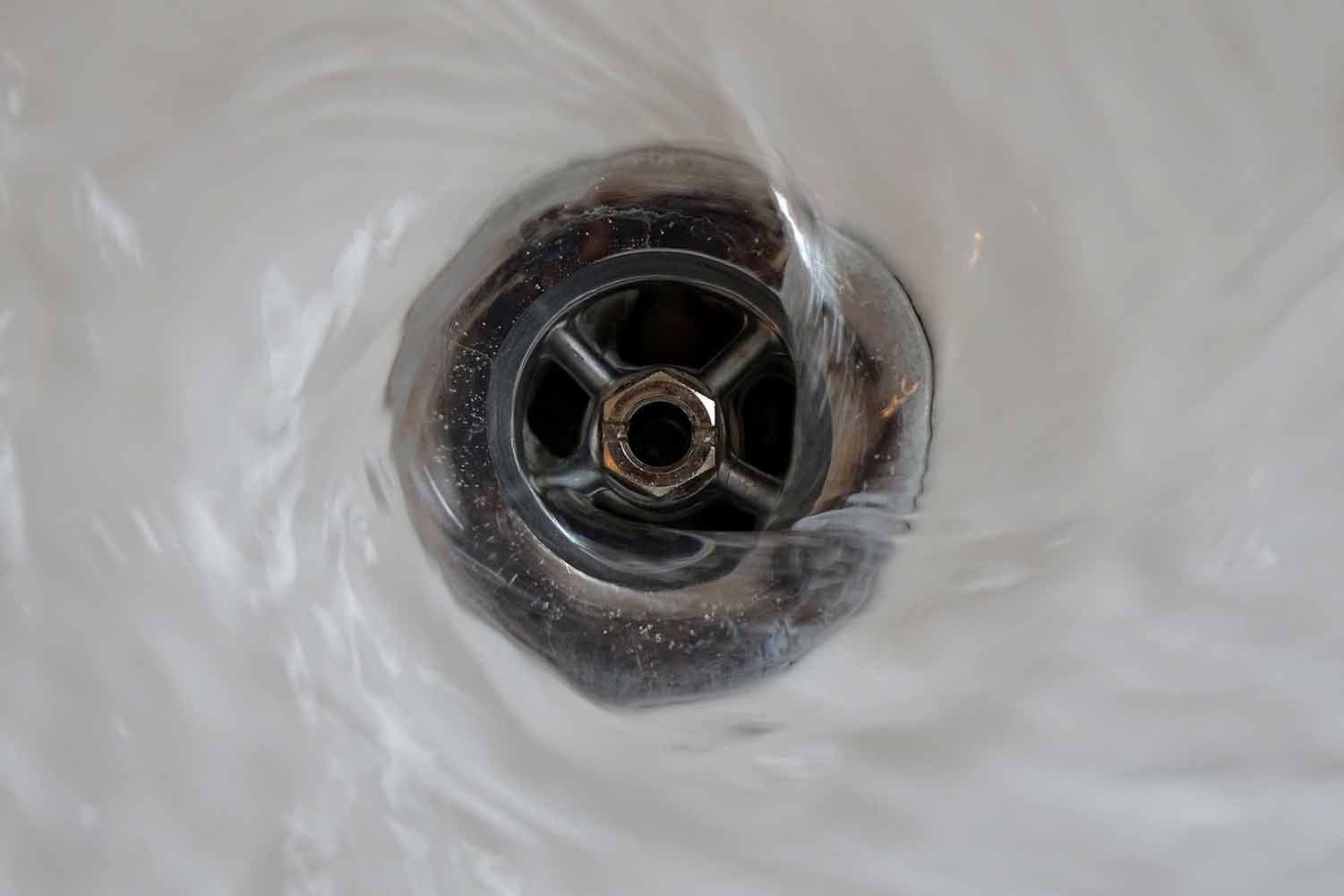How to Unclog a Bathtub
| 24, Oct, 21
The moment you see that your bathwater is slowly draining from your bathtub, you know it’s clogged and must be treated. Usually, it is easy to fix because it is caused by the build-up of debris, hair and soap, so can be removed without having to use harsh chemical cleaners. You can also use plungers or drain snakes, dish soap, vinegar and baking soda to break up the debris and unclog your bathtub drain.
Plunger and Hook
- The drain cover must be cleaned and removed. You will need to remove the tub drain stopper by hand or with a Phillips Head screwdriver. The screw on the shaft must be twisted counterclockwise until the stopper can be pulled out of the shaft. Clean any debris with a paper towel. Some drains do not have a stopper, but instead a plug or metal cover. Pull it out and clean.
- Use the plunger to cover the drain hole and fill the tub with hot water until the cup is submerged. The plunger will make an airtight seal over the drain which uses force to loosen the clogged drain. Cover the overflow drain with a wet towel to lock in any air that will complicate efficient plunging.
- This process must be done quickly. Push the plunger down so that it adheres to the bottom of the tub to create an airtight seal over the drain. Then move it up and down for approximately 20 seconds. Repeat a few times and remove to investigate if the water is draining.
- If the drain is still clogged, use a hook such as a bent wire coat hanger. Bend the end of the hanger into a hook that can fit into the drain. You can also buy a drain-clearing tool. Insert into the drain to where you see the clogging and lift it up out of the drain. Rotate the hook in the drain to loosen the debris. Pull up and wipe clean with a paper towel. You will most likely be repeating the process a few times until it is unclogged.
- Use hot water to flush out the drain to remove all the debris. If the draining is still slow, you may need to repeat the process again.
- If all solid debris has been removed, you can move on to soap or baking soda.
Soap and Hot Water
- Remove the drain stopper and pour ½ cup liquid dish soap into the drain. The soap will lubricate the inside of the drain and help to unclog the debris.
- Flush the drain with a bucket of hot water. Opt for boiling water as this will be more effective, but only if you have metal pipes. Gradually pour it into the drain to force out the debris. You may need to repeat this process and add more soap and water to dissolve all the stubborn debris.
- Turn on the tap to see if the drain has been unclogged. If the water is still running slowly down the drain, push in a wire hook and pull up as much of the debris as you can. Flush again with hot water.
Vinegar and Baking Soda
- Heat 8 cups of boiling water and slowly pour down the drain to loosen the debris. If you have PVC pipes, rather use hot tap water.
- Remove the stopper that is covering the drain. You may need a Phillips Head screwdriver to remove the screw on the shaft. Carefully pour a ½ cup baking soda into the open drain. Push as much of the powder into the drain to reach the stubborn debris.
- Pour ½ cup white vinegar down the drain. When it mixes with the baking soda, it creates hot foam and fizz. Allow the mixture to soak for about 15 minutes. Remember to cover the drain with a towel so that the mixture can have maximum pressure to unclog the debris. Wait an hour before you rinse away the clog.
- Heat another 8 cups of water and flush the drain with the boiling water. You can also just run the hot water tap to loosen the debris. Continue running the water until the water runs freely. If it is still draining slowly, use dish detergent, more hot water and a drain snake as there may be a solid clog that needs to be broken down into tiny pieces.




